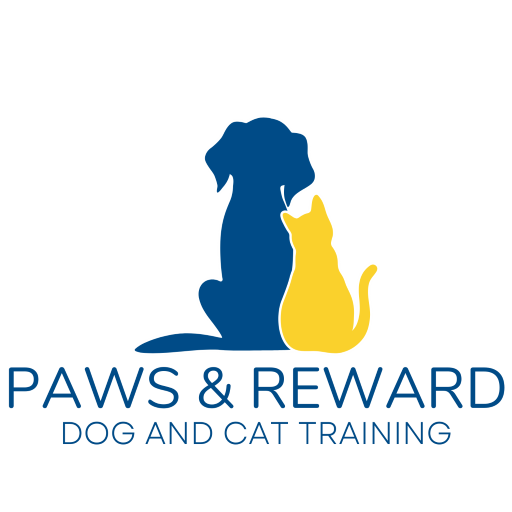Effective use of a marker
When training a dog we want to reinforce (reward) the behaviours we like in order to encourage the dog to perform these behaviours more frequently. However, we have between ½ and 3 seconds to reinforce a dog for a behaviour in order for them to make the connection between the behaviour and the reinforcer. This is a very narrow window of time for us to communicate to the dog that their behaviour is desirable. This is why we use a marker.
The marker acts as a bridge between the desirable behaviour and the reward delivery. It tells your dog that the behaviour they performed was correct, and that reward is on the way. The marker allows us to very precisely communicate to our dog which behaviour they are being rewarded for, while buying us some time to actually deliver that reward.
An effective marker is a short, sharp, consistent word (e.g. yes or good) or a mechanical noise (e.g. a clicker).
Condition the marker
The word or noise you use as your marker will initially have no meaning to your dog. Before being able to use the marker in training, we must condition it. That is, we have to teach your dog that the marker means something really good is coming. We do that by pairing the marker with something your dog finds valuable. This is usually food because it is easy to use and generally high value, but can be anything your dog finds rewarding such as praise or play. Follow the steps below to condition your marker
Relax your right arm, it should be at your side. Do not place your hand in the treat pouch.
Say the marker word (e.g. YES) in a happy, higher pitched voice
Get one piece of kibble out of the treat pouch and give it to your dog
Relax your arm again and wait for your dog to swallow.
Say the marker word and then get a piece of kibble.
Repeat 5-6 times in a row.
You will know that the marker has been conditioned (that is, it’s gained meaning for your dog. Marker = reward) when you say the marker word/noise as your dog is distracted, and your dog whips its head around to get a treat from you.
Marker Training Guidelines
A reward will always be given after having marked the desirable behaviour
When the pup is young they might squirm, change their behaviour, or get excited. Food reward is still given regardless of the action after you said your marker word. Think of it as a promise to your dog that a reward is on its way.
As the dog gets better at performing the behaviour, we can wait for the dog to maintain position or relax.
If you say the marker word by mistake, still give your dog a reward. The marker will lose value to the dog is we stop rewarding even though we’ve said the marker word.
Never use the marker to get your dog’s attention – it should only be used as a bridge between a desirable behaviour and a reward.
Ready to put your marker training into action?
Let’s make learning basic manners fun and effective for your dog!
